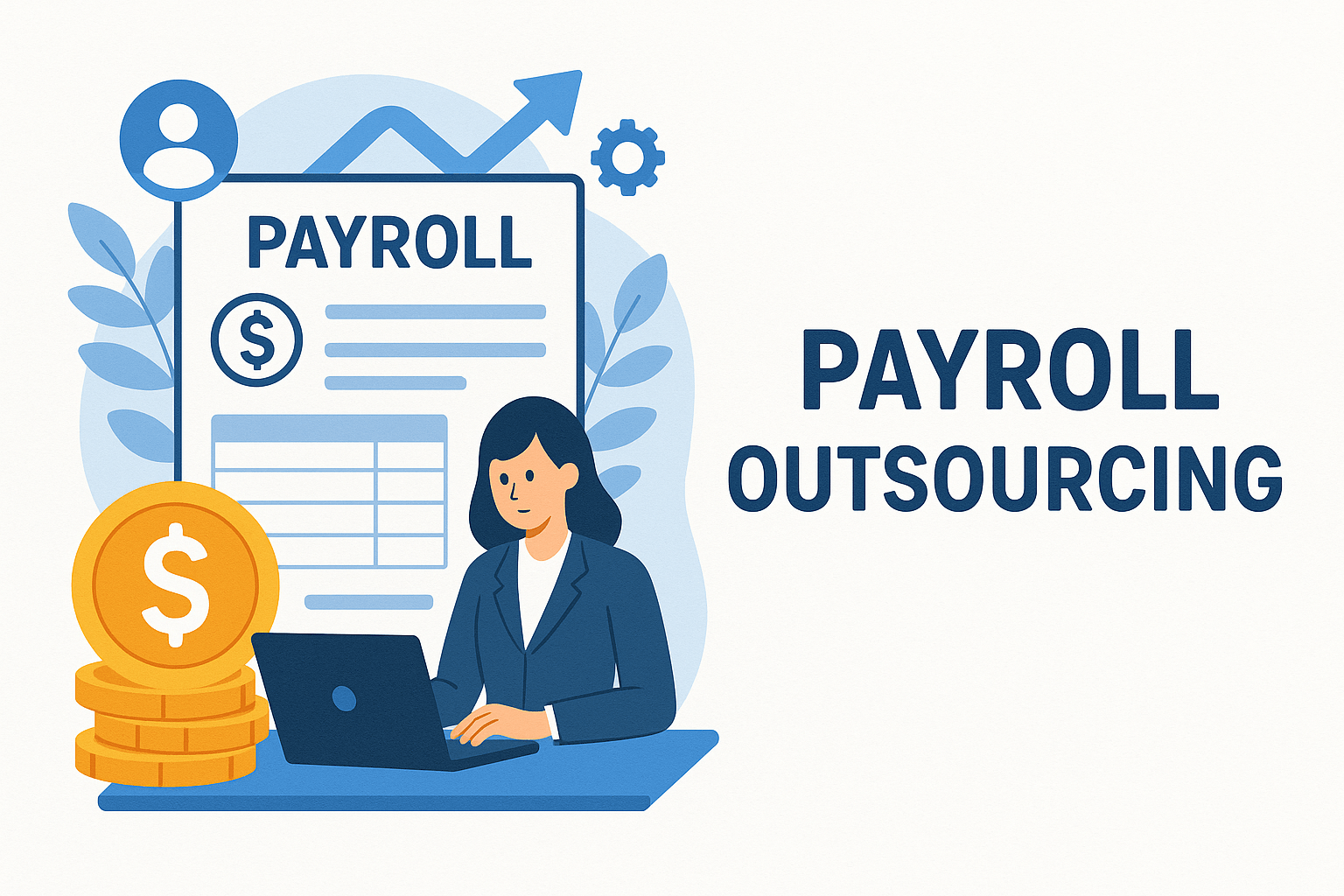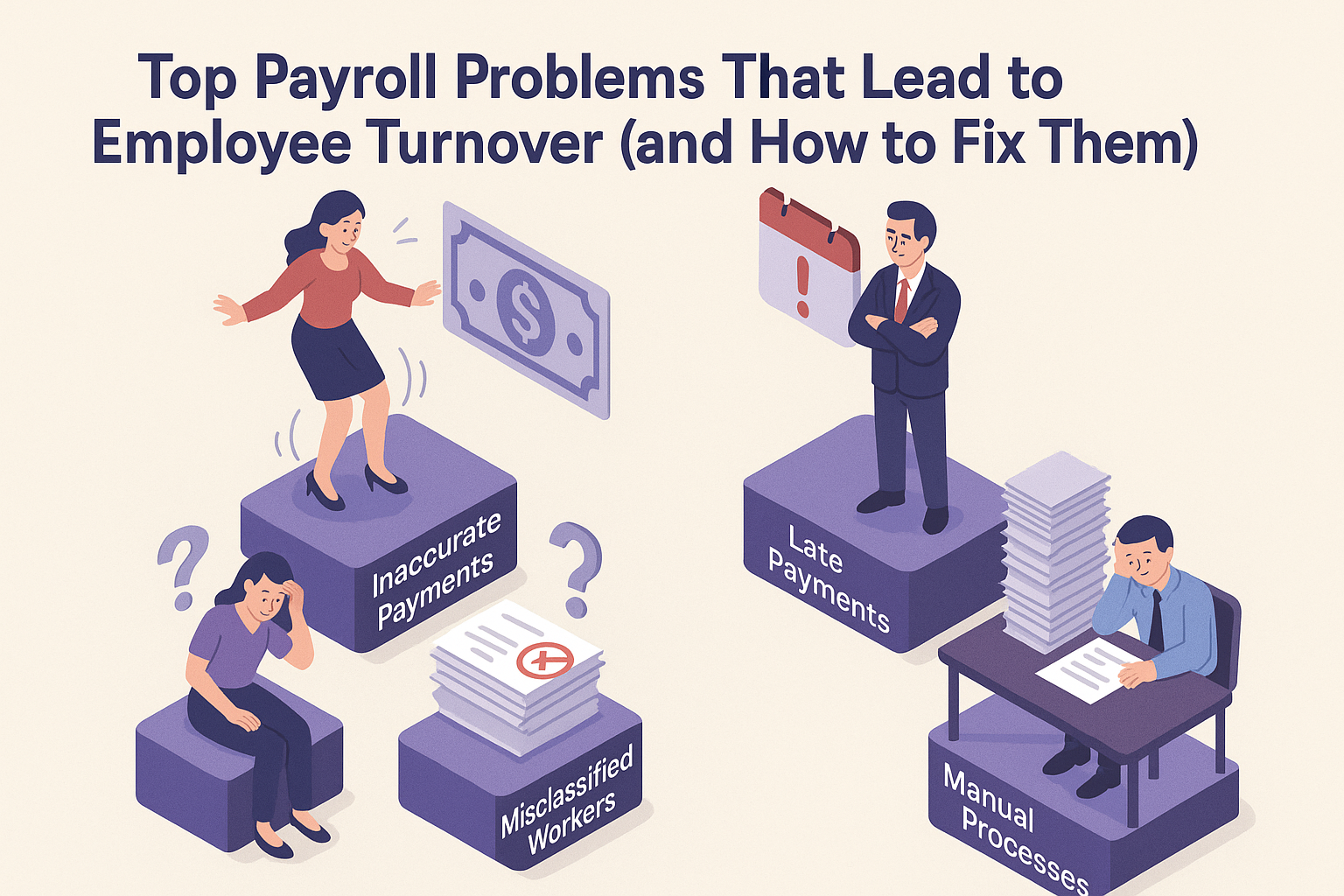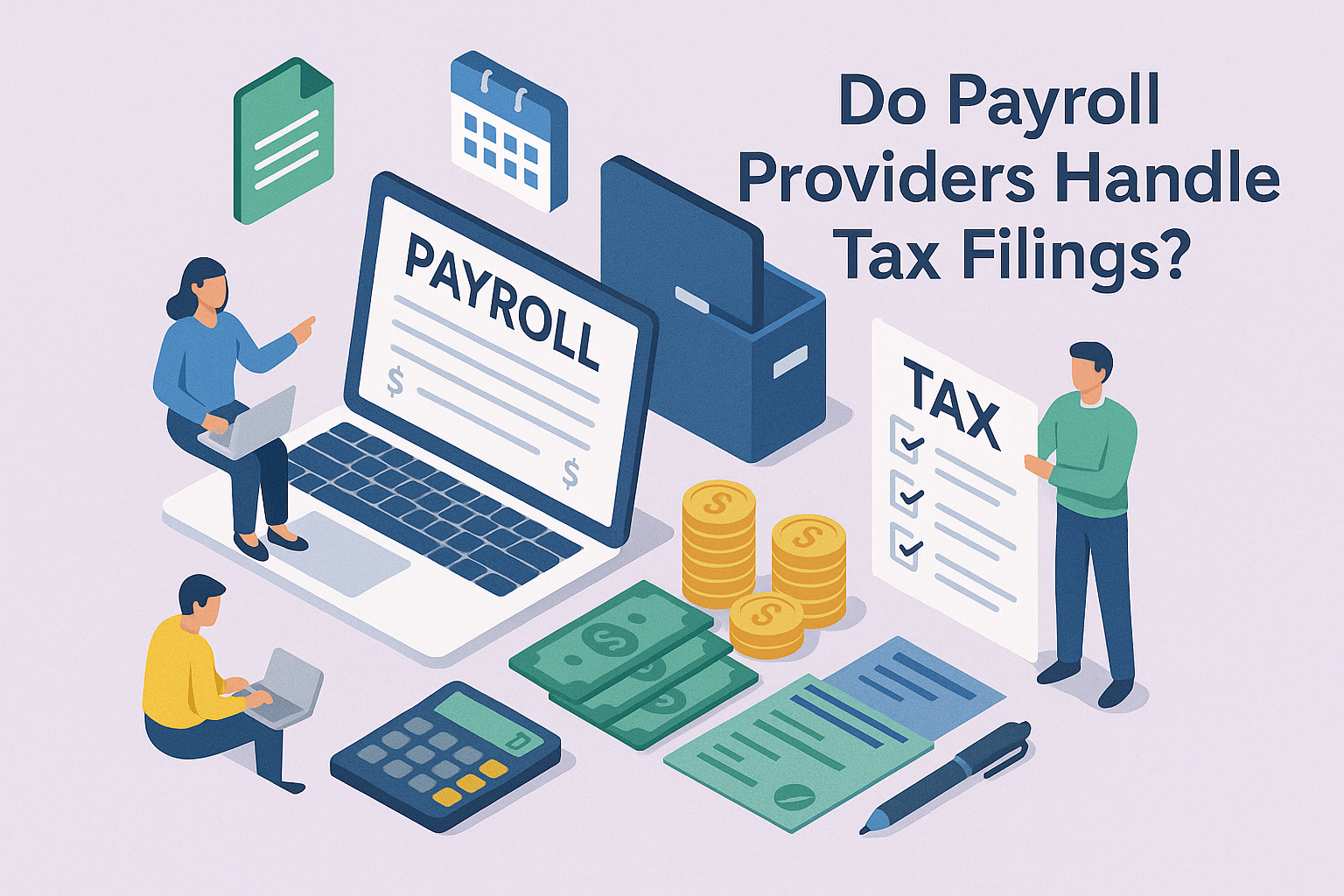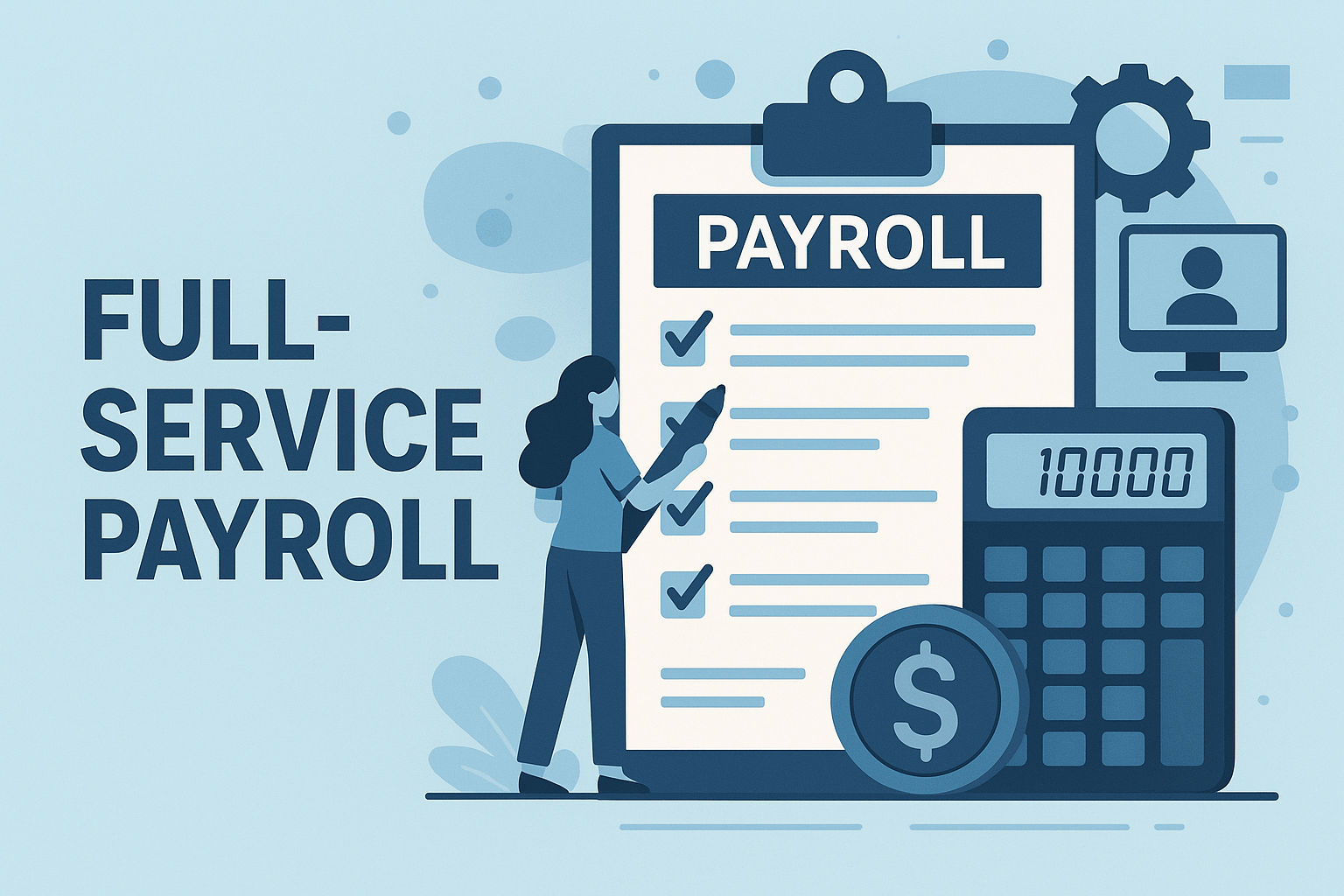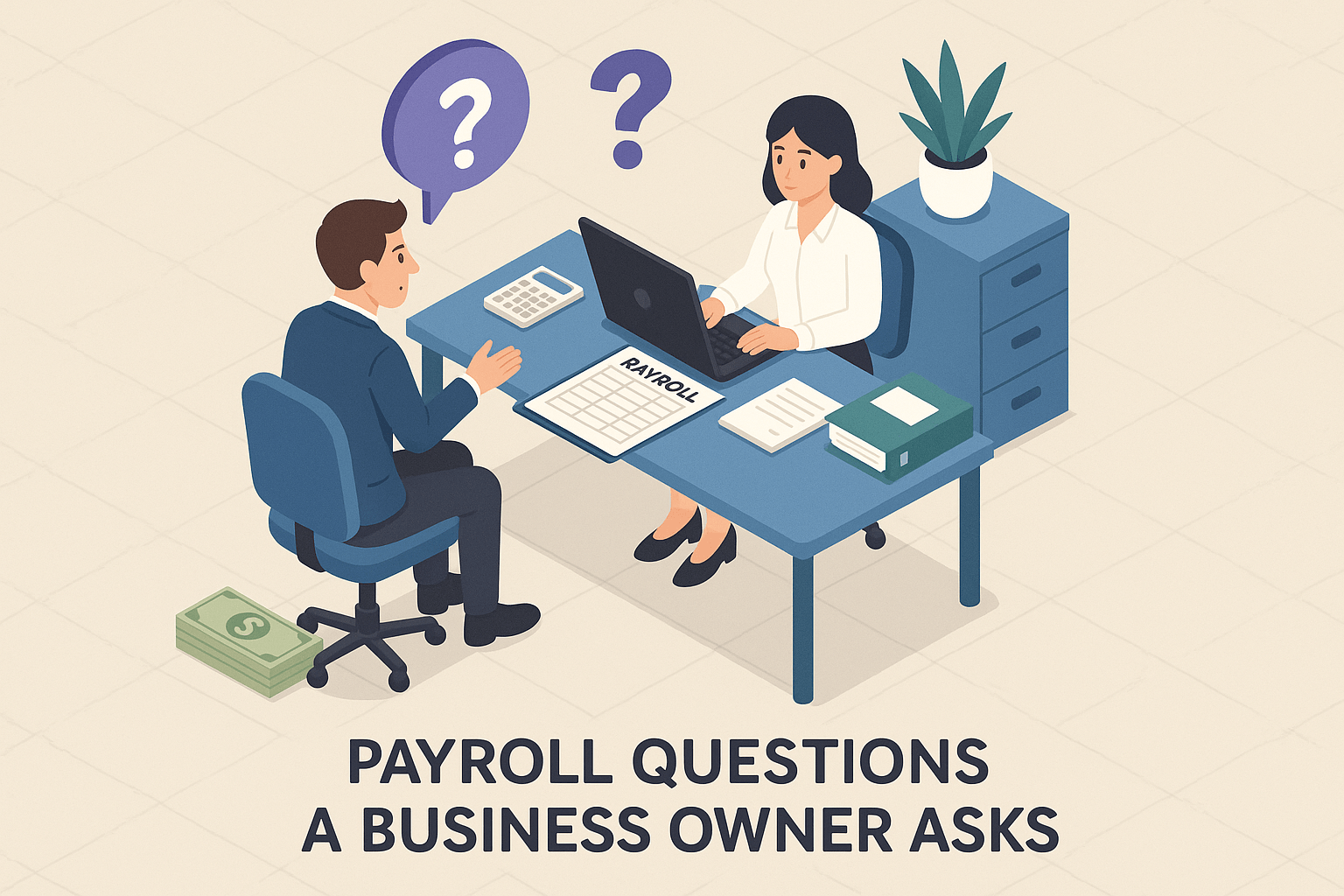
Terminating an employee is one of the most challenging tasks you’ll face as a manager or HR professional. The decision to let someone go isn’t made lightly, and it’s often accompanied by stress, uncertainty, and concern about the legal and emotional repercussions. You might be feeling overwhelmed, anxious about the proper procedures, or worried about the impact on your team’s morale.
At Lift HCM, we know that terminating an employee can be complex and sensitive. With over 55 years of experience in human capital management, we've seen the repercussions of mishandled terminations and the positive outcomes of well-executed ones. By the end of this article, you'll have a clear understanding of how to let an employee go in a fair, legal, and compassionate way.
In this article, you will learn the five essential steps to properly terminate an employee. By following these steps, you can approach the situation with confidence, ensure compliance with legal requirements, and maintain professionalism and compassion throughout the process.
Table of Contents
- Step 1: Recognizing When It's Necessary to Terminate an Employee
- Step 2: Legal Considerations to Ensure Compliance with Employment Laws
- Step 3: Prepare for the Termination
- Step 4: Conduct the Termination Meeting
- Step 5: After the Termination
- Bringing It All Together: Navigating Change with Confidence
Step 1: Recognizing When It's Necessary to Terminate an Employee
First, you must ensure termination is the right course of action. This decision should never be taken lightly. Ask yourself these questions:
- Is the employee's performance consistently below expectations despite receiving feedback and support?
- Have there been repeated violations of company policies?
- Is the employee's behavior negatively affecting team morale or productivity?
Consider a scenario where an employee consistently fails to meet deadlines despite numerous performance reviews and additional training. Their repeated inability to deliver on time has created extra work for their teammates, leading to resentment and exhaustion within the team. In this situation, it might be necessary to terminate this employee's contract for the overall well-being and productivity of the team.
Step 2: Legal Considerations to Ensure Compliance with Employment Laws
Before you terminate, you must be aware of the legal landscape. Employment laws can vary significantly depending on your location and industry. Here are some key points to consider:
- Understand at-will employment: In many places, employers can terminate employees at will, meaning for any reason (except illegal ones, like discrimination) or no reason. However, this doesn't mean you should be careless.
- Review employment contracts: Some employees might have contracts that outline specific termination procedures.
- Document everything: Keep detailed records of performance reviews, warnings, and any incidents that lead to the termination decision.
Step 3: Prepare for the Termination
Planning the termination meeting is essential to ensure that the conversation is handled professionally and respectfully. This meeting should be conducted to maintain the employee's dignity while clearly communicating the decision and next steps.
- Plan your conversation: Think about what you want to say and try to keep it concise and to the point. Think about what your employee may say as well and be prepared to answer questions. Choose a private setting where you won't be interrupted.
- Review company policies: Make sure you're familiar with and know your company's termination policies and procedures.
- Have a Witness Present: It’s a good practice to have a neutral third party, such as an HR representative, present during the meeting. This can help document the conversation and provide support if future disputes arise.
- Gather Documentation: Collect all relevant documents, such as performance reviews, attendance records, and previous warnings (performance records, disciplinary actions, attendance records).
- Provide a letter of termination: Fill in the specific details of the employee's termination, including the employee's name, effective date of termination, reasons for termination, prior disciplinary actions, company property to be returned, final paycheck and benefits information, and the name of the person handling the termination.
See Lift HCM's Template Below!
Step 4: Conduct the Termination Meeting
The termination meeting is critical in the process and should be handled with care, empathy, and professionalism. How you conduct this meeting can significantly impact the employee's response and the overall workplace morale.
- Start with Clarity: Begin the meeting by clearly stating that the purpose is to discuss the termination of the employee's position. Avoid small talk to ensure the message is not diluted or misunderstood.
- Stay Calm and Respectful: Maintain a calm and respectful tone throughout the meeting. Remember, this is a difficult moment for the employee, and your demeanor can help manage the emotional intensity of the situation.
- Deliver the News Directly: Clearly explain the reasons for the termination. Use the documentation you've gathered to support your points and stick to the facts. Avoid personal attacks or subjective comments.
- Listen and Acknowledge: Allow the employee to express their feelings and concerns. Acknowledge their emotions without getting defensive or argumentative. This can help de-escalate the situation and show that you respect their perspective.
The way you communicate the termination decision is crucial. It's essential to be clear, direct, and compassionate. Show empathy by acknowledging the difficulty of the situation and understanding the employee's feelings.

Step 5: After the Termination
After the termination meeting, several critical follow-up actions are necessary to ensure a smooth transition for both the departing employee and the remaining team. Proper follow-up helps to maintain morale, uphold legal compliance, and ensure that all practical matters are addressed.
- Final Pay and Benefits: Ensure that the terminated employee receives their final paycheck, including any accrued vacation time or other owed benefits. Provide clear information about any continuation of benefits, such as COBRA for healthcare coverage.
- Return of Company Property: Arrange for the return of all company property, including keys, access cards, laptops, and any other equipment. Make a checklist to ensure nothing is overlooked.
- Access and Security: Revoke the employee’s access to company systems, email, and physical premises. This step is essential for maintaining security and protecting company data.
- Communication with the Team: Inform the remaining team members about the employee's departure in a brief and professional manner. Avoid sharing specific details about the termination to maintain confidentiality and respect for the former employee.
- Support for Remaining Employees: Offer support to the remaining team members, as they may have concerns or feel unsettled by the departure. Provide an open forum for questions and reassure them about the team's stability and future.
- Document the Process: Keep detailed records of the termination process, including the reasons for termination, the steps taken, and the outcomes of the termination meeting. This documentation is crucial for legal compliance and can be useful if any disputes arise in the future.
Maintain a Positive Workplace
After an employee's termination, it's critical to address the remaining team to maintain morale and transparency.
Communicate Openly
- Explain the situation to your team clearly and straightforwardly.
- Address the reasons for the termination while respecting the departed employee's privacy.
- Provide as much information as possible without violating any confidentiality agreements.
- Foster an open-door policy and encourage your team to come to you with any questions or concerns. Create a safe and comfortable environment for open communication.
- Provide regular updates and keep your team informed of any developments related to the termination or changes within the company.
Reassure Your Team
- Address your team's concerns and fears head-on.
- Listen to their questions and provide honest and empathetic responses.
- Reassure them that their jobs are secure and that the company values their contributions.
- Focus on creating a supportive and positive work environment where employees feel valued and appreciated.
- Emphasize the company's commitment to their well-being and success.
- Provide emotional support to team members struggling to cope with the termination. Offer resources such as counseling or employee assistance programs.
Focus on the Future
- Encourage a positive and forward-looking mindset.
- Highlight the team's strengths and accomplishments.
- Discuss future goals and projects that the team can work on together.
- Foster a sense of unity and teamwork, reminding everyone they are part of a valuable and supportive team.
Bringing It All Together: Navigating Change with Confidence
By adhering to these steps, you ensure that the termination process is conducted with integrity and care. This not only protects your organization legally but also demonstrates respect for all employees involved. The balance of professionalism and empathy during such difficult situations can foster a more resilient and supportive work environment.
At Lift HCM, we're committed to guiding you through these challenges with our comprehensive support and expert advice.
Reassure Your Team:Listen to their questions and provide honest and empathetic responses.
Reassure them that their jobs are secure and that the company values their contributions.
Focus on creating a supportive and positive work environment where employees feel valued and appreciated.
Emphasize the company's commitment to their well-being and success.
Provide emotional support to team members struggling to cope with the termination. Offer resources such as counseling or employee assistance programs.
Focus on the Future:
Encourage a positive and forward-looking mindset.
Highlight the team's strengths and accomplishments.
Discuss future goals and projects that the team can work on together.
Foster a sense of unity and teamwork, reminding everyone they are part of a valuable and supportive team.
Jason Noble is a seasoned expert in payroll and human capital management. With a wealth of experience in streamlining payroll processes and optimizing workforce management, Jason has successfully held key roles at leading organizations. His deep understanding of industry best practices ensures that his insights are both practical and authoritative.




.png?width=1536&height=1024&name=Create%20a%20background%20that%20reads%2c%20How%20Long%20to%20Keep%20P%20(1).png)





